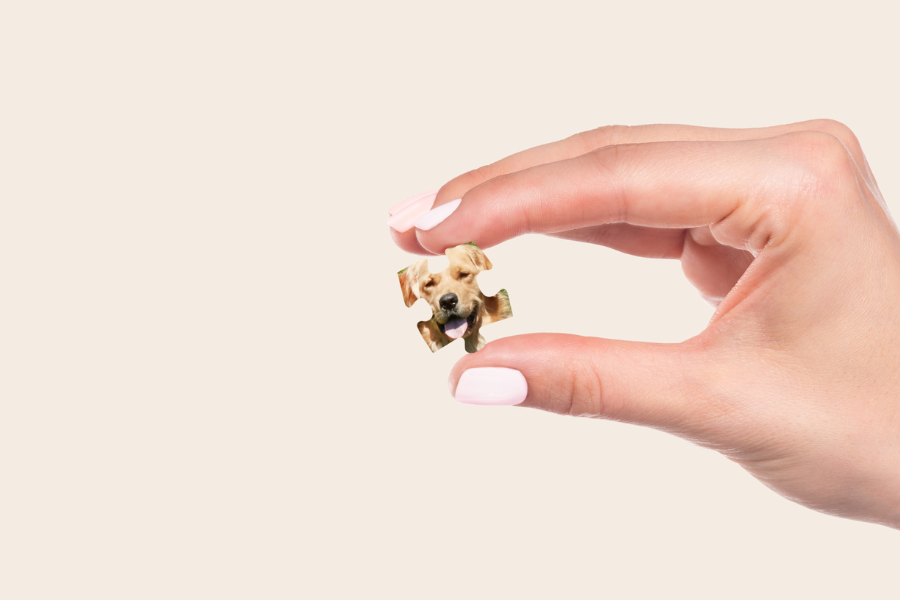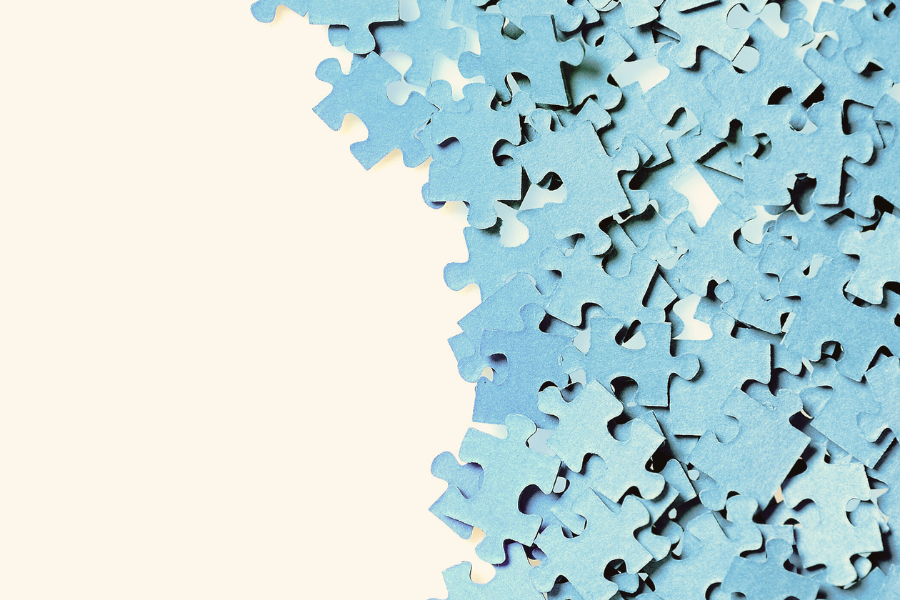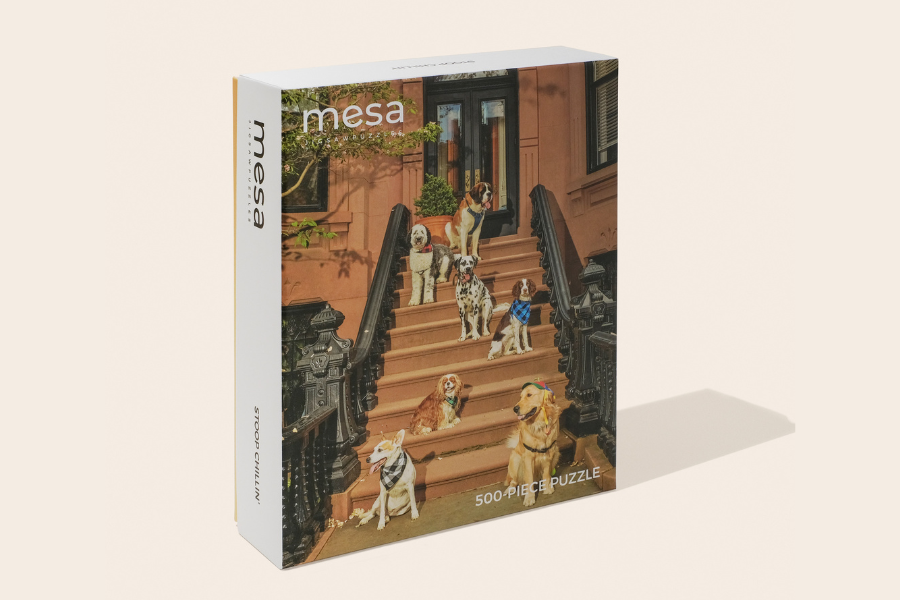Since they were created in the 18th century, puzzles have captured novices and aficionados’ hearts alike as a fun, brain-tickling activity to while away the hours. But even the most avid puzzle fans may not be aware that there are many different options when it comes to selecting your next jigsaw.
When it comes to jigsaw puzzles, several types exist on the market that vary in shape, format, and complexity. Besides the apparent design variations (ranging from picturesque woods to sci-fi space scenes), jigsaw puzzles come in multiple sizes, feature additional components, and can even be made in 3D.
Read on to learn more about several types of jigsaw puzzles and discover which may best fit your next puzzle adventure.
Key Takeaways
- Jigsaw puzzles come in many different shapes, sizes, and difficulty levels.
- All puzzles share a source image and individual pieces, though some varieties contain extra elements or rely on puzzlers to use their imagination.
- Depending on the size, number of pieces, or whether they’re laser or hand cut, puzzles vary in cost and complexity
2D Jigsaw Puzzles
The 2D jigsaw category includes what most people think of when asked about a jigsaw puzzle and encompasses some of the other types included below. These flat, two-dimensional puzzles are by far the most common of jigsaws, and most people can visualize one sitting atop their kitchen table.
When it comes to how a 2D jigsaw puzzle looks, categorizations and pictures vary as much as any one person’s imagination. Any picture can be printed onto the many puzzle pieces of a jigsaw, and the more complex the image, the more complex the puzzle. Some are based on art images, others are puzzles you can glue and frame. Similar colors, minute differences in shapes, and other tiny details make it harder to separate pieces and transform solving the puzzle into a more challenging process. The average jigsaw puzzle contains anywhere from 500 pieces -3,000 pieces.
3D Jigsaw Puzzles
For our second category, a third dimension can make jigsaw puzzles more complex and exciting. 3D puzzles, when completed, assemble into a three-dimensional model rather than a flat image on the surface.
Most often, 3D puzzles are modeled after famous buildings or landmarks, though some 3D puzzles have been crafted into ducks, orbs, cars, and even musical instruments. These complex puzzles make for the ultimate brain teaser, and those who complete them enjoy an intricate 3D display to mark their efforts.
Repetitive Design
Puzzles with repetitive, almost hypnotic designs represent a considerable leap in difficulty from the average 2D puzzle. In repetitive designs, the goal image is typically a repeated, intricate pattern, where identical shapes appear throughout and require the most scrutinous examination to place. Some puzzles in this category don’t even have an image: just a block of color that requires the puzzler to use shapes only to solve them, lacking patterns, contrast, or other visual clues.
These complex jigsaws remove a person’s ability to use typical puzzle-solving strategies and call upon them to stretch their cognitive skills. All you can do with these is build the edge of the image and steadily work your way inward by identifying the correct pieces and shapes.
Mega Jigsaw Puzzles
Mega Jigsaws are, simply put, massively sized versions of your common puzzle. Best saved for those with huge, empty tables and extra time available, puzzles categorized as “mega” may range from 10,000-20,000 pieces. Mega jigsaw puzzles aren’t for the faint of heart, but those who complete these behemoth challenges have earned puzzle bragging rights.
Floor Jigsaws
As you might guess, floor puzzles are designed to be assembled on the floor, usually by young children. Pieces consist of large, soft, and colorful designs, usually no more than 100 but often closer to 20-30. A child may love this early introduction to jigsaws and will also benefit by building key cognitive pathways as they work to solve a puzzle.
Murder Mystery Puzzles
Murder mystery puzzles aren’t too common, but this fun twist on the average jigsaw merits some attention. These sets usually contain two puzzles, where puzzlers must first solve each jigsaw without the assistance of a guiding picture.
The finished images provide clues and other accompanying reading materials in the set that should help players solve the murder mystery. It’s an exciting combination of two worlds of games, which could make a murder mystery puzzle a fun option for bringing new folks who otherwise weren’t interested into the puzzle scene.
Wasgij - Reverse Jigsaw
The word looks like gibberish but represents a fascinating expansion of what jigsaws are capable of. Wasijg is “jigsaw” spelled backward, and its misdirection provides clues as to exactly how one is supposed to solve such a puzzle.
The concept of Wasgij was created by Britain-based Jumbo Games in 1997 and has steadily grown in popularity as more puzzlers champion its appeal. According to Jumbo Games, their puzzles comprise different concepts with a single underlying theme: the image on the box is not what you’ll create with your puzzle pieces but provides a clue.
The concepts Jumbo Games created over the years include:
- Original: Players must use their imagination and context clues to create a puzzle image from the perspective of someone appearing within the provided image.
- Mystery: Similar to the murder mystery above, players must create a vision of what will happen to the figures in the picture in the next few minutes.
- Destiny: A time-travel concept where puzzlers must imagine what the scene in the box image will become in modern times.
- Back to…: A reversal of the type above, puzzlers create a puzzle imagining what a scene will look like in the distant past.
- Christmas: Similar to the Original concept, puzzlers imagine what everyone in the box’s image looks at as a scene rather than one character's viewpoint.
- Imagine: Puzzlers assemble an image based on what the cartoon characters on the box would look like if imagination became a reality.
Hand-cut Wooden Jigsaws
Today, most jigsaw puzzles are completed on an assembly line, where massive saws or laser cutters slice apart all the puzzle pieces of an image in one fell swoop. However, this wasn’t always the case: puzzles used to be painstakingly crafted by skilled artisans, who painted the puzzle image on a slap of wood.
Once the artists completed their work, the puzzle was gently hand-cut into its many pieces. These take time to make and are often more expensive than their mass-produced counterparts, but the results are beautiful and worth it for some retro-loving puzzlers.
The Bottom Line
No matter which type of jigsaw puzzle you select for your next puzzle adventure, choices from any of these categories will surely scratch the puzzler's itch. Solving puzzles has cognitive and enjoyment benefits, can be great for kids and adults, and offers bonding opportunities for families, friends, and other groups.
When selecting your next puzzle, maybe try going outside the box (so to speak) and choose a new type of puzzle or puzzle design – you’ll be amazed at how satisfying a finished puzzle feels!



